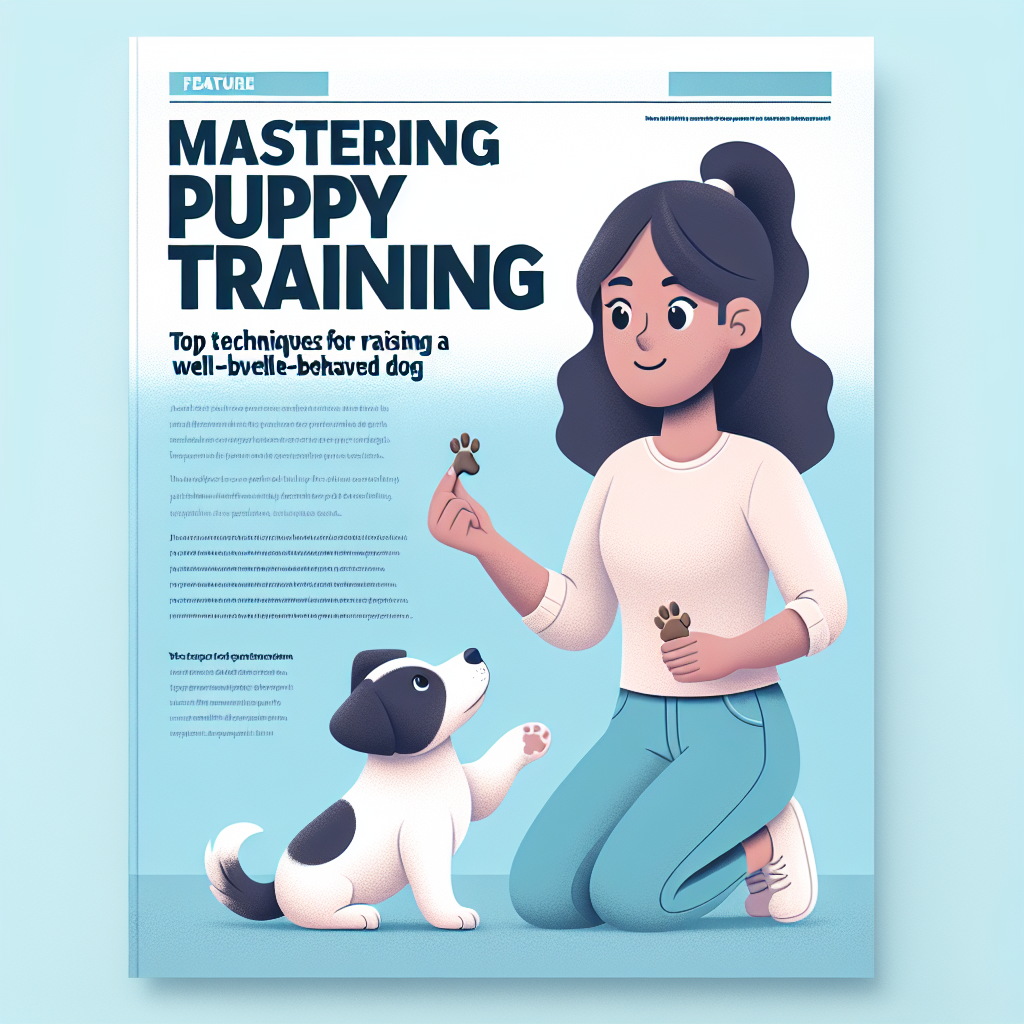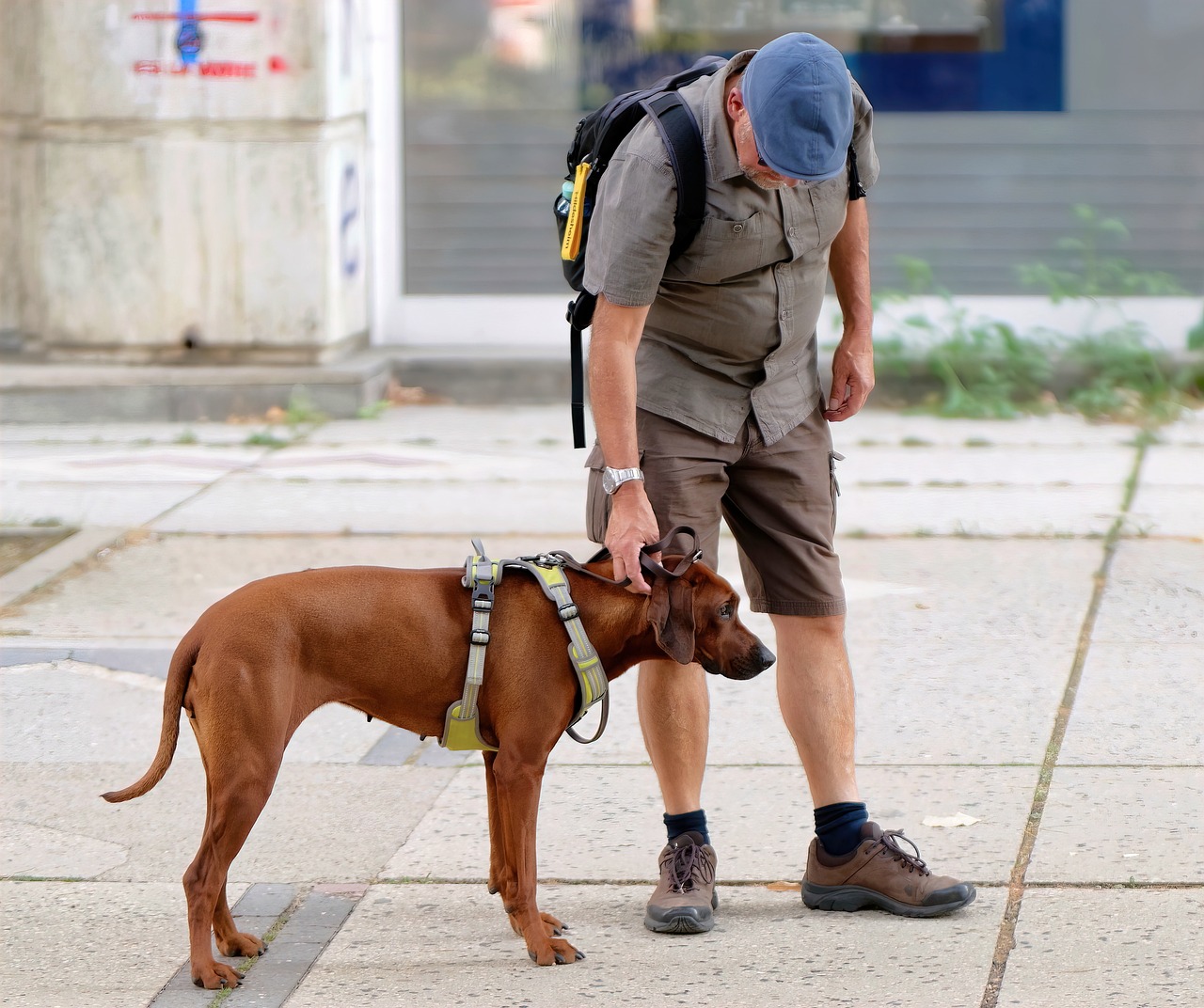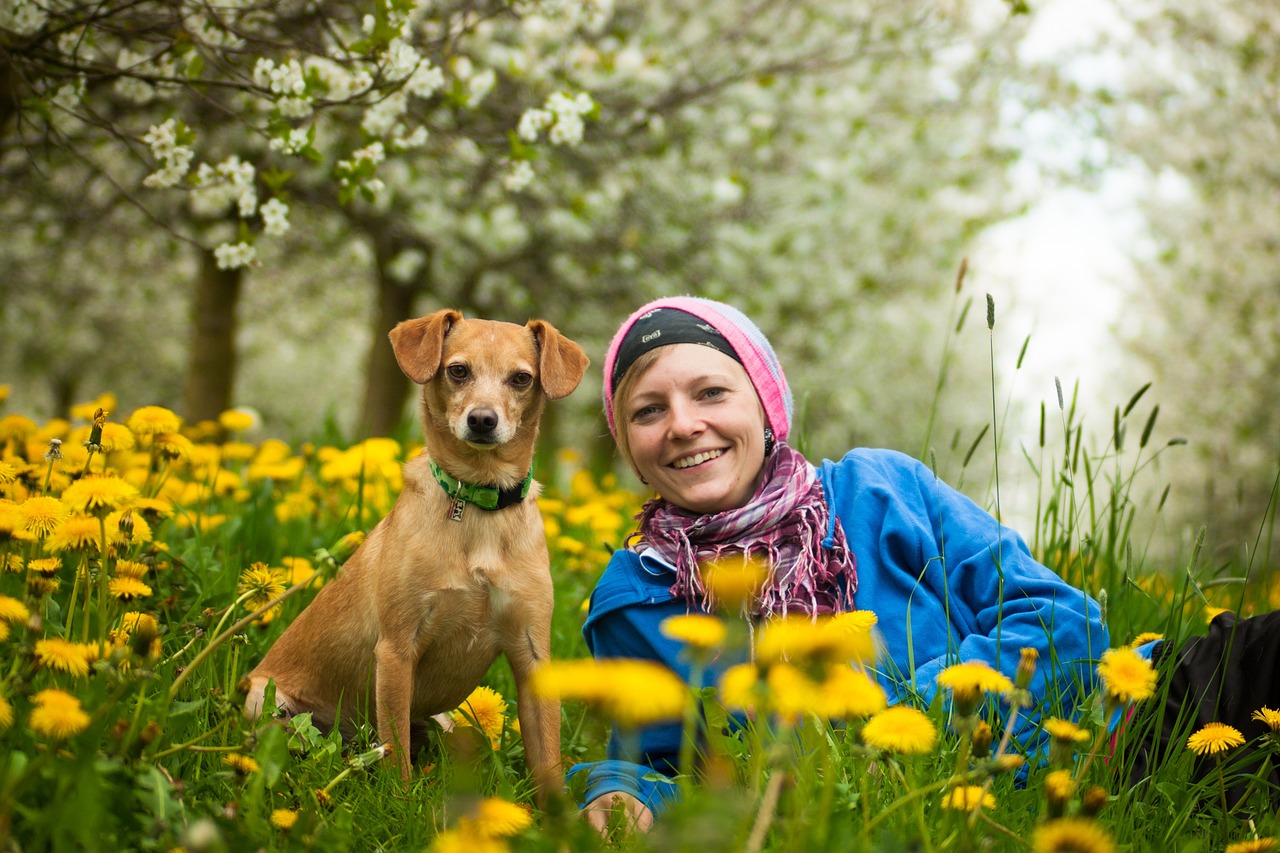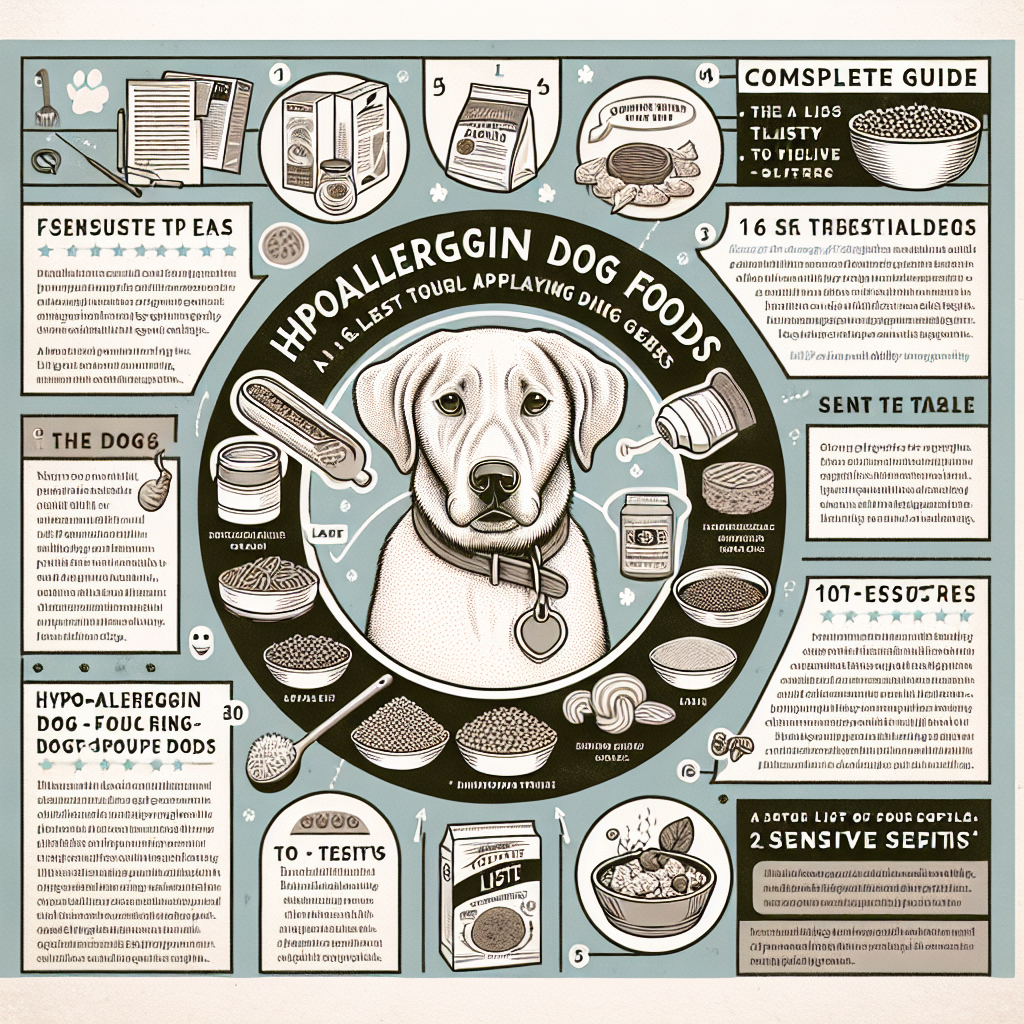
Your guide to effective puppy training techniques for raising a disciplined and happy dog.
The Importance of Early Training
Training your puppy at an early age sets the foundation for their behavior throughout their life. Early training helps establish a bond between you and your furry friend, creates an environment of trust, and prevents behavioral issues from developing.
Getting Started with Puppy Training
Before diving into specific training techniques, it’s important to ensure you have the right training tools. Consider investing in a good dog collar, leash, and treats. With these essentials, you’re ready to start training your puppy.
1. Basic Commands
Teaching your puppy basic commands is the first step towards effective training. Start with commands such as “sit,” “stay,” “come,” and “heel.” These commands are fundamental to ensuring your puppy is well-behaved.
- Sit: Hold a treat close to your puppy’s nose. Move your hand up, allowing their head to follow the treat and causing their bottom to lower. Once they’re in a sitting position, say “sit,” give them the treat, and share affection.
- Stay: Ask your puppy to sit. Then open your palm in front of you and say “stay.” Take a few steps back. If they stay, reward them with a treat and affection.
- Come: Put a leash on your puppy and get down to their level. Gently pull the leash while saying “come.” Reward them with a treat and affection when they come to you.
- Heel: Keep your puppy on your side and start walking. If they pull ahead, stop, and use the heel command to bring them back to your side.
2. Socialization
Socializing your puppy is crucial for their development. Exposing them to different environments, people, and other animals helps them become well-rounded and reduces the chance of developing fear-based behaviors. Regularly take your puppy on walks, introduce them to new experiences, and organize playdates with other dogs.
3. Crate Training
Crate training is an effective way to ensure your puppy has a safe space to relax and can help with housebreaking. Start by making the crate inviting – place a comfortable bed and some toys inside. Gradually increase the time your puppy spends in the crate, making sure it’s always associated with positive experiences like treats and praise.
4. Consistent Routine
Establishing a consistent routine is key to successful puppy training. Consistency helps your puppy understand what’s expected of them and reduces anxiety. Set regular times for feeding, potty breaks, playtime, and training sessions. Keep commands and rewards consistent to reinforce good behavior.
5. Positive Reinforcement
Positive reinforcement is one of the most effective training methods. Use treats, praise, and play to reward your puppy for good behavior. Avoid using punishment, as it can lead to fear and confusion. Instead, focus on reinforcing desired behaviors and redirecting unwanted behaviors. For example, if your puppy is chewing on furniture, redirect them to a chew toy and praise them when they choose the toy.
6. Addressing Common Issues
Even with consistent training, puppies can develop some common behavioral issues. It’s important to address these promptly to prevent them from becoming ingrained habits.
- Biting and Nipping: Puppies often bite as a way of exploring their environment. Teach them that biting humans is not acceptable by yelping loudly and then ignoring them. Provide chew toys as alternatives.
- Barking: Excessive barking can be addressed by identifying the cause. If your puppy barks for attention, ensure they’re getting enough play and exercise. Ignore barking when it’s for attention and reward them when they’re quiet.
- Jumping: Redirect your puppy’s jumping behavior by turning away and ignoring them. Reward them when all four paws are on the ground and they greet you calmly.
For more detailed solutions, check out our dog behavior problems guide on DogsOwner.com.
Maintaining Progress
Your puppy’s training journey doesn’t end once they learn the basics. Continuously reinforce their training to maintain progress and ensure they remain well-behaved as they grow into adulthood.
- Regular Training Sessions: Incorporate training into your daily routine. Short, frequent sessions are more effective than long, infrequent ones.
- Stay Patient: Puppy training requires patience. Remember that setbacks are normal, and persistence will pay off.
- Provide Mental Stimulation: Keep your dog’s mind active with puzzle toys, new tricks, and varied routines to prevent boredom and encourage good behavior.
Professional Help
If you find that training your puppy is particularly challenging, don’t hesitate to seek professional help. A certified dog trainer can provide personalized guidance and address specific issues you may be facing. Finding a reputable trainer can make a significant difference in your puppy’s development.
Conclusion
Mastering puppy training requires time, patience, and consistency. By starting early, using positive reinforcement, and addressing behavioral issues promptly, you can raise a well-behaved dog that’s a joy to be around. Remember to maintain progress and seek professional help if needed. With the right techniques and dedication, your puppy will grow into a disciplined and happy adult dog.
#ChatGPT assisted in the creation of this article.






